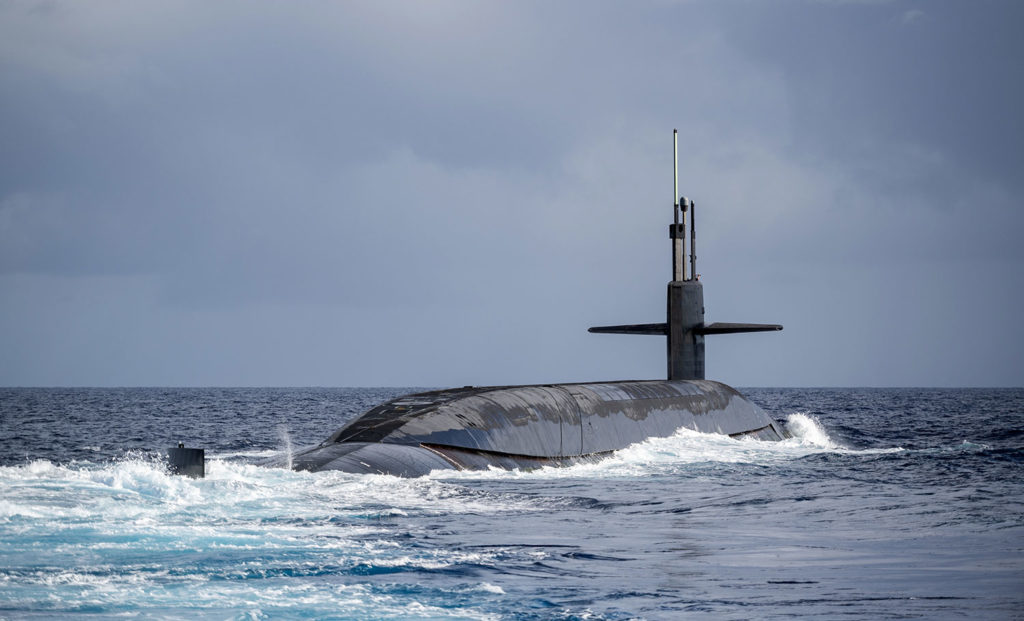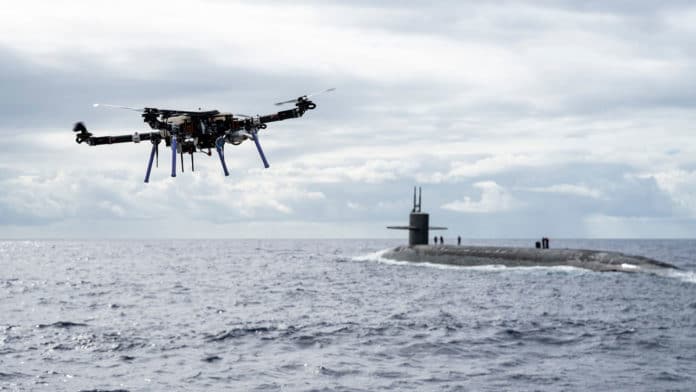The U.S. Navy delivered supplies to a nuclear submarine for the first time using a drone. A quadcopter-type drone delivered a small payload to the U.S. Navy’s Ohio-class ballistic-missile submarine USS Henry M. Jackson (SSBN 730). The tests were carried out on October 19, 2020, in the Pacific Ocean near the Hawaiian Islands.
The U.S. Navy is looking for new ways to provide essential supplies for nuclear submarines on missions. Some of them spend months underwater without coming to the surface. The Navy did not provide details about the cargo, but the images show that it was something small. The aircraft was launched from a boat of the unspecified class, located near the submarine.

This was the second such test conducted by the U.S. Navy. In November last year, a drone delivered a 2.3-kilogram load to the Virginia-class Hawaii nuclear submarine: printed circuit boards, medicines, and food.
The U.S. Navy said the test was aimed at exploring a new concept for resupplying Ohio-class submarines while on patrol as part of a nuclear deterrent. The operation provides an overview of what the delivery of cargo to submarines might look like in perspective.
“This event was designed to test and evaluate the tactics, techniques, and procedures of U.S. Strategic Command’s expeditionary logistics and enhance the overall readiness of our strategic forces,” a short caption for the imagery provided by the Navy explained.
Such deliveries can be useful in case of medical emergencies. For example, an American ship, the USS Fort McHenry, was forced to stay away from ports for a long time last year after a viral infection broke out on board. Also, the drones were used for medical supplies and by civilians during the pandemic. A long-distance model produced by Wingcopter delivered protective masks to medical staff on the Isle of Mull, an island in Scotland that holds a population of around 3,000 people. Some such aircraft have a very high lifting capacity.
